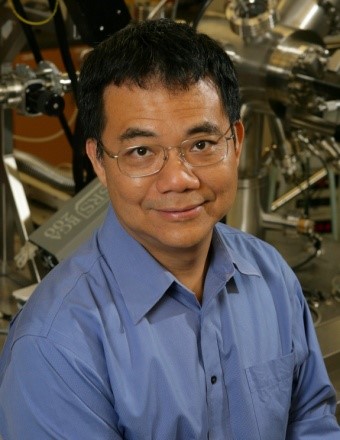
搜索网站、位置和人员

新闻与活动 活动信息
西湖名师论坛第十期 | Yang Yang:Strategies Toward High Efficiency Organic and Perovskite Solar Cells
时间
2018年8月3日(周五)
下午2:30- 4:30
地点
西湖大学云栖校区5号楼一楼学术报告厅
主持
Yang Yang教授
受众
全体师生
分类
学术与研究
西湖名师论坛第十期 | Yang Yang:Strategies Toward High Efficiency Organic and Perovskite Solar Cells
题目:Strategies Toward High Efficiency Organic and Perovskite Solar Cells
时间:2018年8月3日(周五) 下午2:30- 4:30
地点:西湖大学云栖校区5号楼一楼学术报告厅
主讲人:Yang Yang教授,美国加州大学洛杉矶分校(UCLA)材料科学与工程系Carol and Lawrence E.Tannas讲席教授

讲座主要内容:
In this presentation, I will firstly introduce the basic principal of photovoltaic (PV) materials and devices. Once the fundamental aspects have been laid out, I will follow with a detail discussion of organic photovoltaics (OPV) and perovskite (PVSK) PV technologies.
OPV technology, utilized organic and polymer materials as the active elements, which has emerged as one of the promising photovoltaic technologies. One of the features of using organic compounds as active materials is the narrow absorption. Recently, in order to broaden the absorption, we successfully designed an OPV device with three components as the active materials. As a result, power conversion efficiencies (PCEs) of 11-12% were achieved. Very recently, we obtained very high performance single-junction OPV by the synthesis of new infrared absorbing non-fullerene acceptors. These single-junction devices were certified by National Renewable Energy Laboratory (NREL), and a new record PCE of 12.6% PCE was achieved.
On the other hand, perovskite solar cell is another major research in my group. The characteristic grain boundaries (GBs) of the polycrystalline perovskite films were found to contribute to the trap states and further act as vulnerable spots to trigger environmental degradation. In this presentation, I will report our recent understanding on methods for manipulation of the defects in perovskite solar cells. Crystallization kinetics of the perovskite layer was controlled by engineering of intermediate phases, which resulted in significant enhancement in crystallinity with reduced defects. The inevitable defects at GBs were effectively passivated by additives. Significant enhancement in photoluminescence lifetime supported effective passivation of defects at the perovskite layer. As a result, the PCE exceeding 21% (steady-state PCE of 20.64%) was achieved for a planar heterojunction perovskite solar cell. Thanks to the passivated GBs, the device demonstrated significantly enhanced stability. I will also report our progresses on perovskite tandem solar cells. A high performance perovskite tandem solar cell was achieved via engineering of the interconnecting junction, where certified power conversion efficiency over 22% was demonstrated.
联系人:科技合作部 沈老师 shenxiaolian@wias.org.cn

















